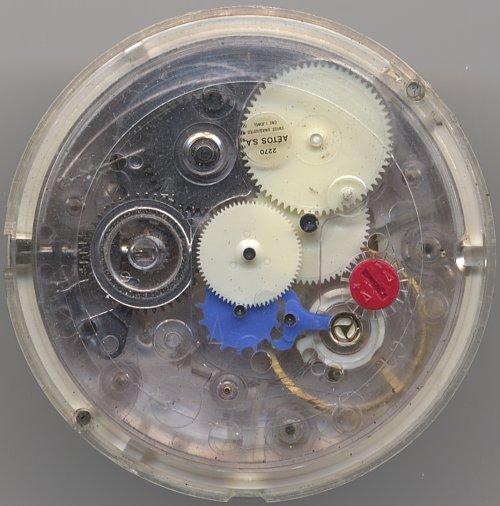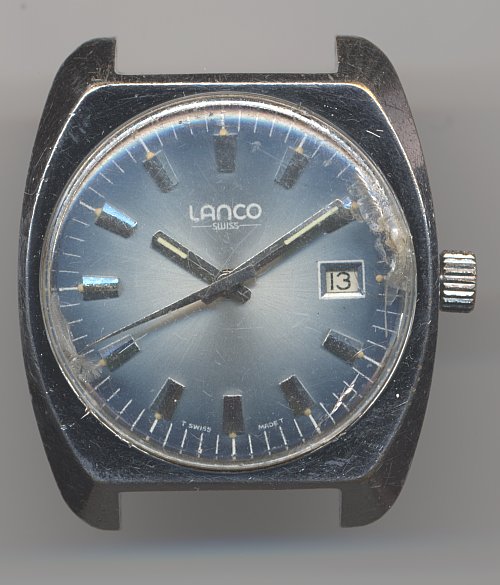Description
It’s really not a beautful movement, that disposable plastic movement, which Tissot produced in the early 1970ies and which should start the era of maintenance-free mechanical movements. By consequently using plastic parts, even on the swiss-type anchor, it was no longer neccessiary to lube the movement (hence its other name “Autolub”) and plastic cage effectively protected the movement against all kinds of dust.
How advanced that technique was, can be seen on the fact, that today plastic quartz movements are pretty standard, at least on a bit larger movements, and that in the 1980ies, japanese manufacturers (Q&Q) made cheap plastic movements, even a selfwinding movement(!), and put it into their cheapest mechanical watches. But those watches had not such a long lifetime, probably also to the fact, that they were much smaller that the Tissot “Astrolon”.
How long the Tissot movement will last in the future is unknown, but it is likely, that one day, the plastic parts will dry out, become hard and fall to pieces under use.
So, the “Autolub” plastic movement is not a true alternative to conventional mechanical movements…
Technical data
| Manufacturer: | Tissot |
| Caliber: | 2270 |
| Size: | 11 1/2''' |
| A/h: | 18000 |
| Number of jewels: | 1 |
| Escapement: | Plastic lever |
| Balance types: | Nickel anular balance |
| Shock protection(s): | ? |
| Balance bearing / direction hairspring: | Bridge |
| Moveable stud: | no |
| Adjust mechanism: | Hairspring key |
| Construction: |
|
| Winding mechanism: | yoke winding system |
| Features: |
|
| References: | Flume: K3N1 - |

